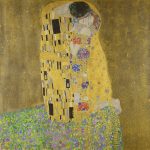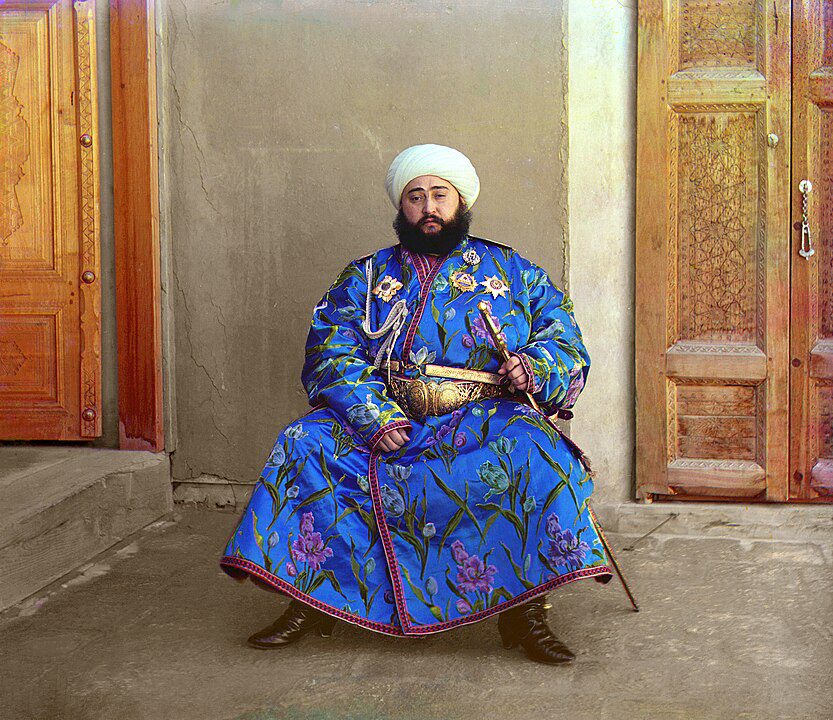
Sergey Prokudin-Gorsky was a visionary whose innovative techniques revolutionized photography and helped preserve a vivid record of a bygone era. Known as the pioneer of color photography, he embarked on an ambitious project to document the Russian Empire in full color, decades before modern photography became widespread. His work, spanning thousands of images, offered a detailed visual archive of a country on the brink of transformation.
Prokudin-Gorsky’s mission was not just artistic but scientific and cultural. He aimed to show the beauty and diversity of the empire, from its vast landscapes to its bustling industrial centers. His dedication to capturing the world in color placed him among the most significant contributors to early photographic history. This article explores the life, work, and enduring legacy of this remarkable innovator.
Through Prokudin-Gorsky’s lens, we glimpse a world that no longer exists, preserved with an accuracy and beauty that rivals modern digital photography. From the grandeur of cathedrals to the simplicity of rural life, his images tell stories that transcend time. This exploration will delve deep into his biography, techniques, and the timeless impact of his work.
Early Life and Education
Sergey Mikhaylovich Prokudin-Gorsky was born on August 30, 1863, in Murom, a small town in Russia. From an early age, he displayed an affinity for both art and science, traits that would later define his photographic career. His family, part of the Russian nobility, encouraged his intellectual curiosity, giving him access to a well-rounded education.
Prokudin-Gorsky pursued higher education in St. Petersburg, where he studied chemistry and physics. These disciplines laid the foundation for his interest in photographic chemistry, particularly the nascent field of color photography. Later, he traveled to Berlin, where he furthered his studies under the guidance of prominent scientists like Adolf Miethe, an expert in photographic techniques.
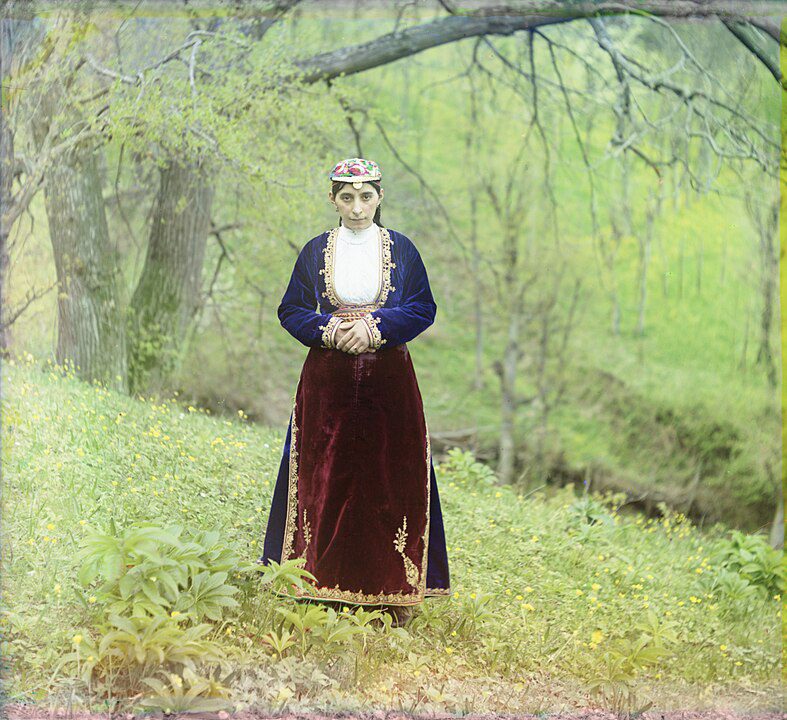
His early exposure to European scientific and artistic advancements deeply influenced his approach to photography. By combining scientific precision with artistic vision, Prokudin-Gorsky began to develop the methods that would define his career. His education also exposed him to emerging technologies, including the use of red, green, and blue filters to create color images.
As he honed his skills, Prokudin-Gorsky realized the potential of photography as a medium for cultural preservation. This realization would shape his future endeavors and establish him as a pioneer in capturing the world in vibrant detail.
Career Beginnings and Experiments with Color Photography
Prokudin-Gorsky’s career began in the 1890s, a time when black-and-white photography dominated the medium. However, he was determined to bring color to his images, a feat that required both scientific knowledge and artistic innovation. Drawing from his studies, he began experimenting with a three-color photographic process that used red, green, and blue filters.
His early work included collaborations with European scientists and inventors who were also exploring the potential of color photography. Adolf Miethe, in particular, played a key role in influencing Prokudin-Gorsky’s methods. Together, they worked on refining the technical aspects of capturing and reproducing color images.
In 1902, Prokudin-Gorsky patented his own photographic process, which utilized glass plate negatives and specialized cameras. These innovations allowed him to capture scenes with unprecedented color accuracy and detail. His experiments demonstrated that color photography was not only possible but practical, paving the way for its broader adoption.
During this period, Prokudin-Gorsky also began producing photographic studies of Russian landscapes and architecture. These early works showcased his mastery of composition and lighting, elements that would become hallmarks of his style. His growing reputation as a color photography pioneer earned him recognition within both scientific and artistic communities.
The Russian Empire Project
Prokudin-Gorsky’s most ambitious undertaking began in 1909 when Tsar Nicholas II commissioned him to document the Russian Empire in color. This monumental project aimed to capture the cultural, architectural, and industrial diversity of the empire, creating a visual record for future generations. The tsar provided Prokudin-Gorsky with a specially equipped railcar and the necessary resources to travel extensively.
Over the next six years, Prokudin-Gorsky journeyed across the vast expanse of the Russian Empire, visiting over 2,000 locations. His travels took him from the urban centers of Moscow and St. Petersburg to remote villages in Siberia and Central Asia. He photographed everything from majestic cathedrals and bustling factories to serene landscapes and traditional lifestyles.
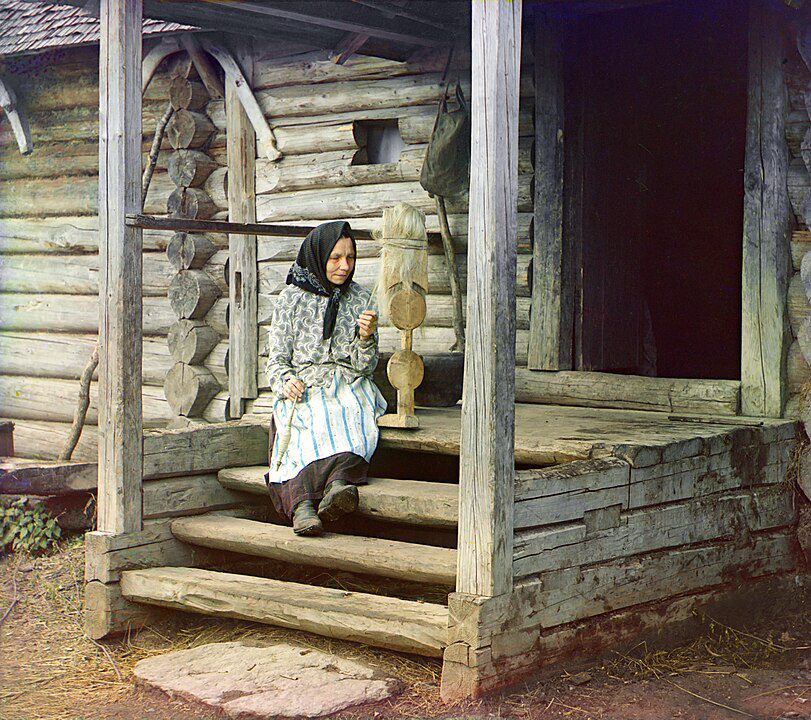
Key subjects of his work included the architectural splendor of churches, the daily lives of peasants, and the technological advancements of the time. Each photograph was meticulously composed to highlight the interplay of color, light, and texture, creating images that were as much works of art as they were historical records.
The project not only showcased the richness of the Russian Empire but also demonstrated the practical applications of color photography. Prokudin-Gorsky’s work provided an unparalleled glimpse into a world that would soon be irrevocably changed by war and revolution.
The Artistic and Historical Impact of His Work
Prokudin-Gorsky’s photographs are more than just images; they are windows into a lost world. By capturing the Russian Empire in color, he preserved a cultural and historical record that continues to captivate audiences today. His work offers a unique perspective on a pivotal period in history, blending artistic vision with documentary precision.
The aesthetic quality of his photographs is remarkable, characterized by careful attention to framing, lighting, and color balance. Prokudin-Gorsky’s ability to use natural light to enhance the vibrancy of his images set his work apart from his contemporaries. His photographs evoke a sense of immediacy and intimacy, drawing viewers into the scenes he captured.
Historically, his work provides invaluable insights into the lives of people and the state of society during the early 20th century. From the industrial progress of urban centers to the enduring traditions of rural communities, his images paint a comprehensive picture of the Russian Empire’s diversity.
Prokudin-Gorsky’s influence extends beyond photography. His innovative techniques inspired subsequent generations of photographers and paved the way for modern color imaging. Today, his work is celebrated not only for its artistic merit but also for its enduring historical significance.
Life in Exile and Later Years
The Russian Revolution of 1917 marked a turning point in Prokudin-Gorsky’s life. With the fall of the tsarist regime, he lost his primary patron and faced an uncertain future. In 1918, he emigrated to France, taking with him a collection of glass plate negatives that represented years of work.
Life in exile was challenging for Prokudin-Gorsky. He struggled to find opportunities to continue his photographic endeavors and received little recognition during his lifetime. Despite these difficulties, he remained committed to preserving his work and refining his techniques. In his later years, he focused on organizing his negatives and ensuring their survival.
Prokudin-Gorsky passed away in Paris in 1944, leaving behind a legacy that was largely unrecognized at the time. It was not until the Library of Congress acquired his collection in 1948 that his work began to gain the recognition it deserved. The rediscovery and restoration of his photographs brought his contributions to light, cementing his place in the history of photography.
Legacy and Rediscovery of His Work
The acquisition of Prokudin-Gorsky’s collection by the Library of Congress marked the beginning of a new chapter in his legacy. Over the decades, his glass plate negatives were meticulously restored and digitized, making them accessible to a global audience. This effort ensured that his work would continue to inspire and educate future generations.
Public exhibitions and online galleries have played a significant role in showcasing Prokudin-Gorsky’s photographs. His images have been widely praised for their historical value and artistic quality, earning him a place among the most celebrated photographers of all time. Today, his work is studied by historians, artists, and photographers alike.
Prokudin-Gorsky’s pioneering spirit and dedication to his craft serve as a reminder of the transformative power of photography. His images not only document the past but also inspire a deeper appreciation for the beauty and complexity of the world around us.
Innovations in Photography: Techniques and Equipment
Prokudin-Gorsky’s success in color photography was rooted in his mastery of technical innovation. His three-color process involved capturing three separate images using red, green, and blue filters, which were then combined to create a full-color image. This method required precise calibration and meticulous attention to detail.
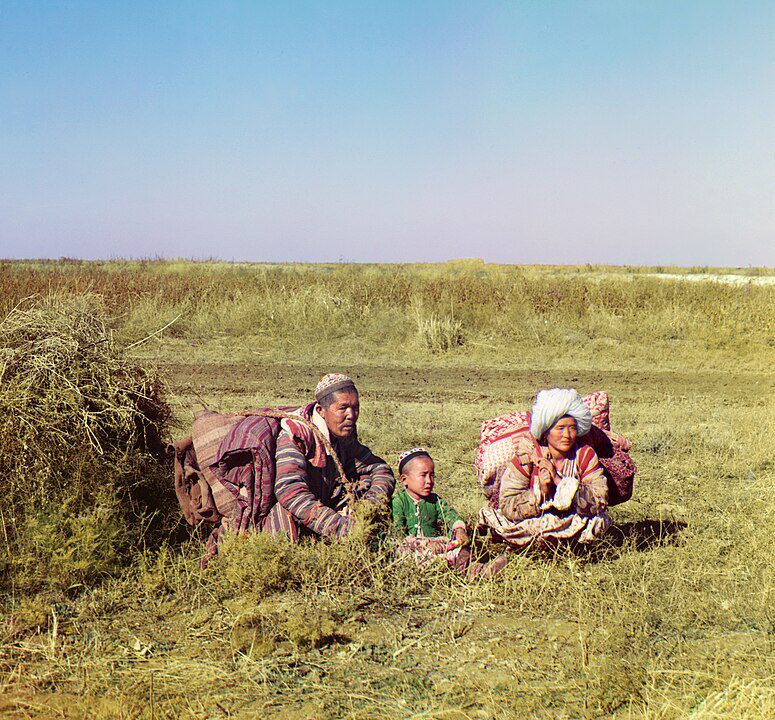
The equipment he used was equally groundbreaking. Prokudin-Gorsky employed large-format cameras and glass plate negatives, which allowed for high-resolution images with exceptional clarity. He also developed portable darkroom equipment, enabling him to process images during his travels.
These innovations laid the groundwork for modern color photography. By pushing the boundaries of what was technically possible, Prokudin-Gorsky demonstrated the potential of photography as both an art form and a scientific tool.
Prokudin-Gorsky’s Influence on Modern Photography
Prokudin-Gorsky’s work continues to influence photographers and visual artists around the world. His emphasis on color, composition, and storytelling has become a benchmark for excellence in the field. The techniques he developed have parallels in modern digital imaging, highlighting his enduring relevance.
Many contemporary photographers draw inspiration from his ability to capture the essence of a moment with vivid detail. His work also serves as a reminder of the importance of preserving cultural and historical heritage through photography. In this way, Prokudin-Gorsky’s legacy extends far beyond his lifetime.
Conclusion: The Timelessness of Prokudin-Gorsky’s Vision
Sergey Prokudin-Gorsky’s photographs remain a testament to his vision, creativity, and dedication. By preserving a world on the brink of change, he created a body of work that resonates across generations. His contributions to photography and cultural preservation ensure that his legacy will endure for centuries to come.
As we continue to explore his images, we are reminded of the power of photography to connect us with the past and inspire a greater appreciation for the present. Prokudin-Gorsky’s work is not only a record of history but also a celebration of the beauty and diversity of the human experience.
Key Takeaways
- Sergey Prokudin-Gorsky pioneered color photography with innovative techniques.
- His work documented the Russian Empire in vivid detail, preserving its cultural diversity.
- The Library of Congress played a key role in restoring and digitizing his photographs.
- His influence extends to modern photography, inspiring new generations of artists.
- Prokudin-Gorsky’s legacy highlights the importance of cultural and historical preservation.
FAQs
What is Sergey Prokudin-Gorsky known for?
- Prokudin-Gorsky is known for pioneering color photography and documenting the Russian Empire.
How did Prokudin-Gorsky capture color images?
- He used a three-color process with red, green, and blue filters to create full-color images.
Why is Prokudin-Gorsky’s work significant?
- His photographs provide a vivid historical record of pre-revolutionary Russia.
Where can I view Prokudin-Gorsky’s photographs?
- His work is available online through the Library of Congress and various exhibitions.
What was Prokudin-Gorsky’s greatest contribution to photography?
- His innovative techniques laid the foundation for modern color photography.




